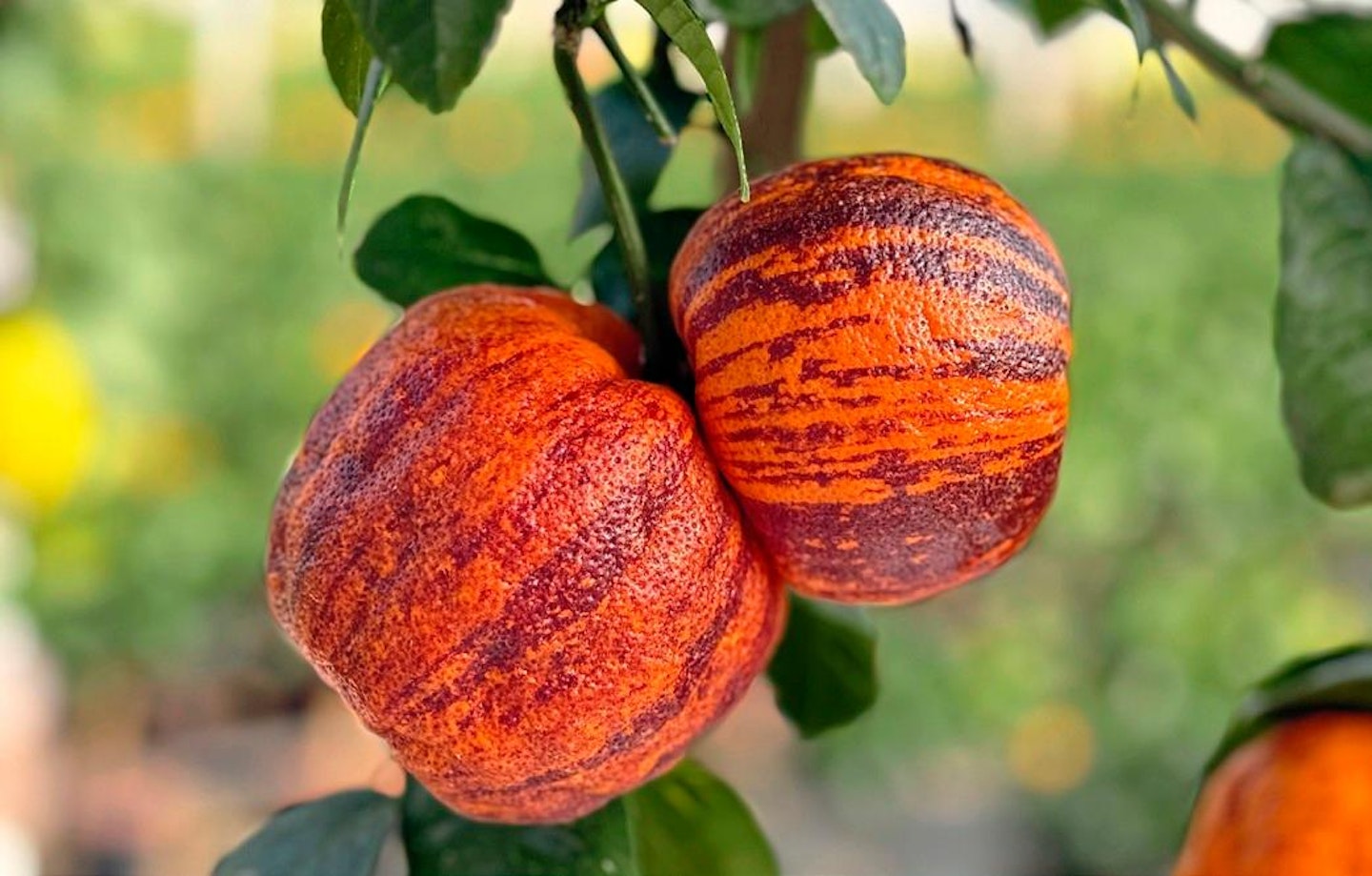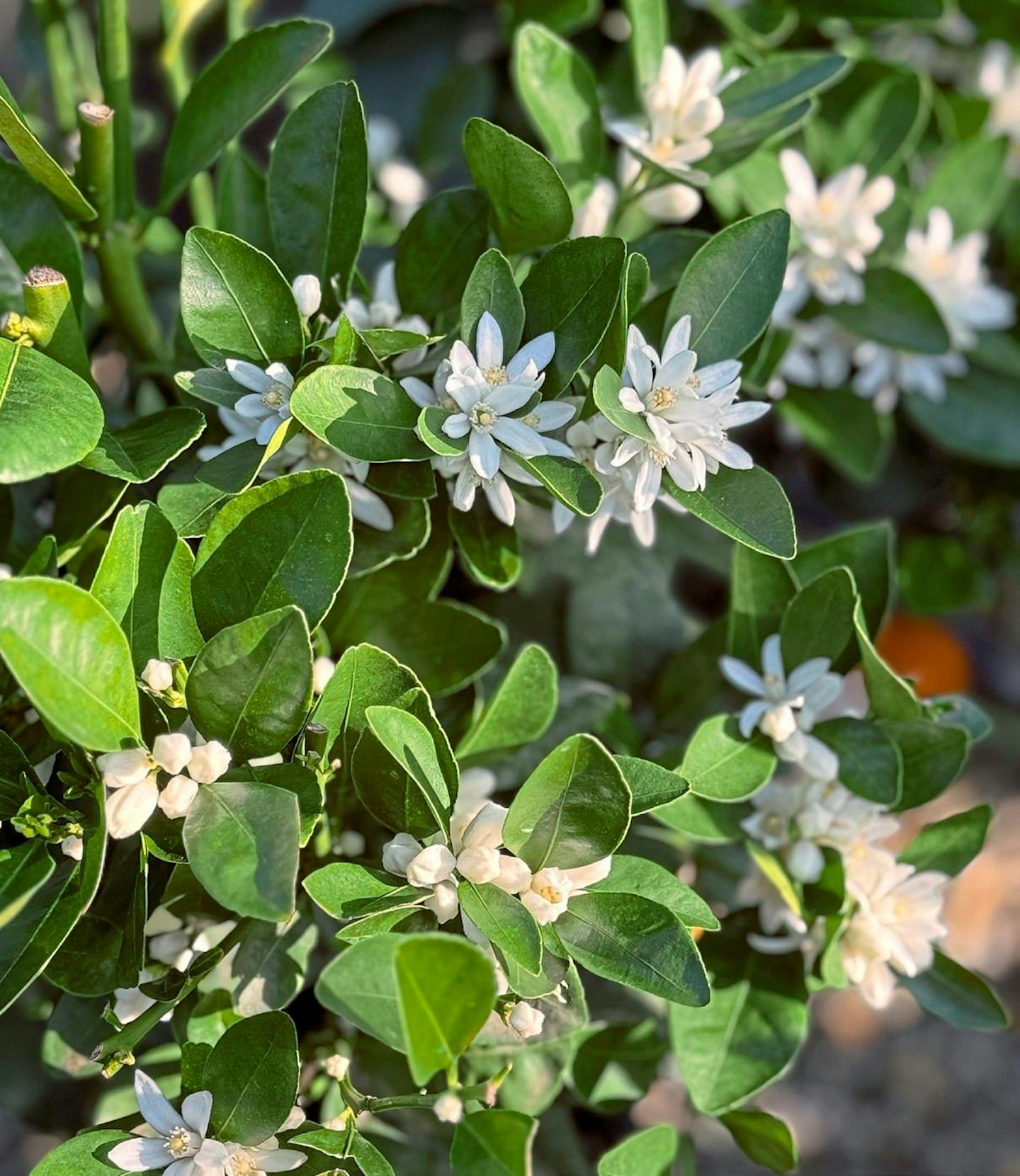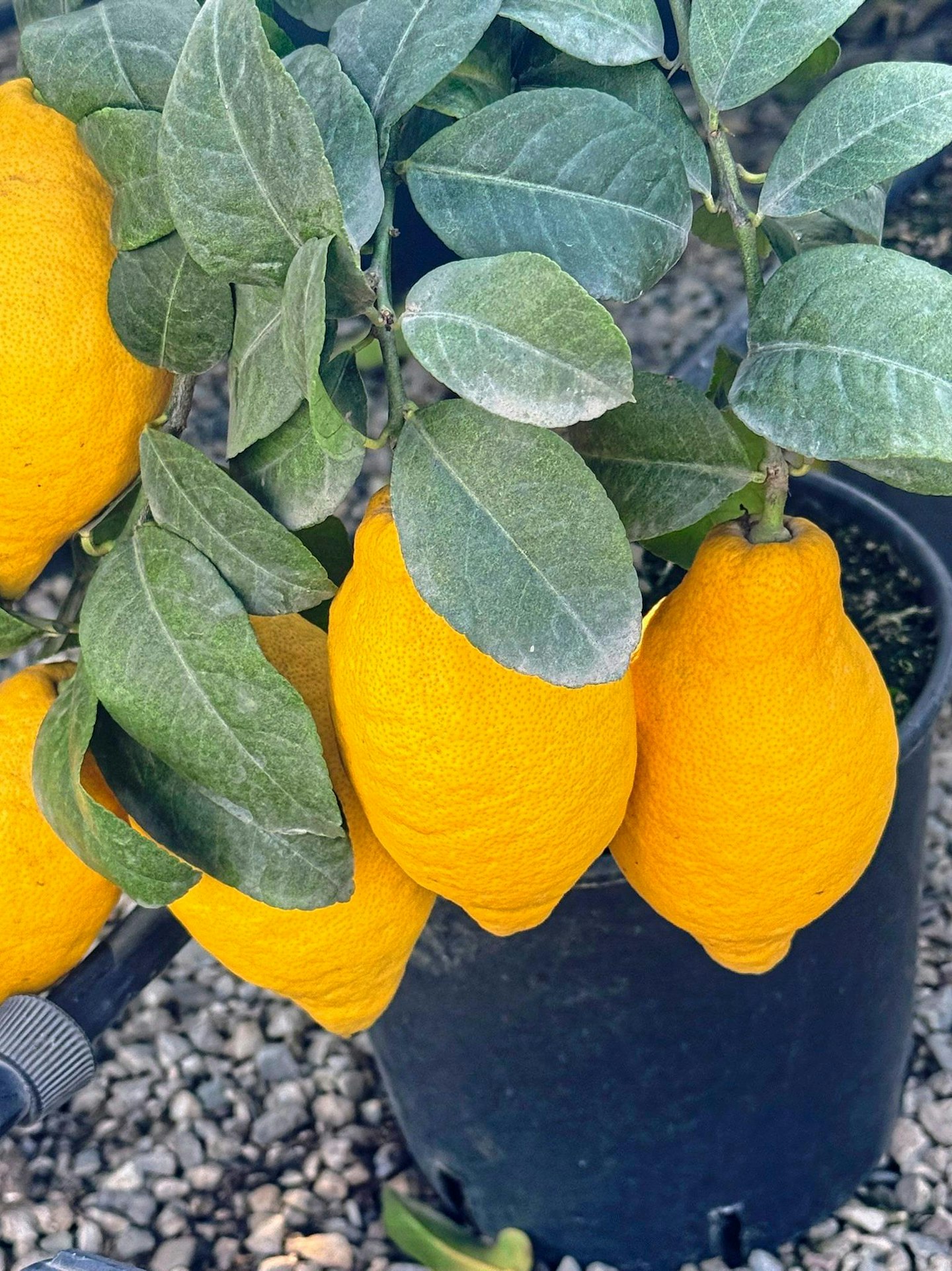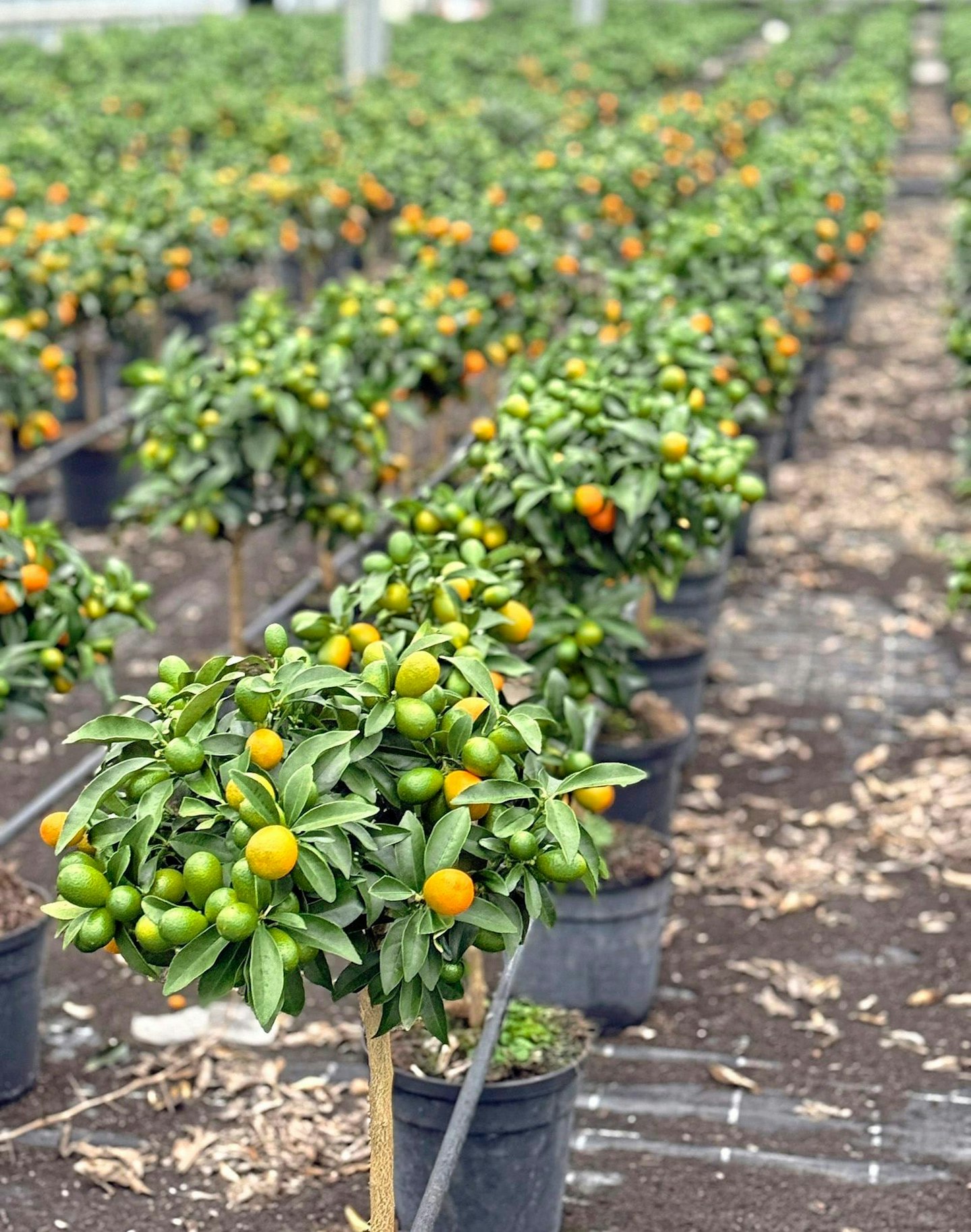Yes, you really can grow these fabulous fruits here in the UK
Words Peter McDermott, managing director of YouGarden nursery Photos Peter McDermott, Shutterstock

One of the YouGarden citrus growers surrounded by plants in Italy
There’s something wonderfully uplifting about growing citrus at home. Maybe it’s the glossy green leaves, or the sweetly-scented flowers that pop out even in the depths of winter. Or perhaps it’s just the sheer thrill of picking a lemon or lime from your very own tree. Whatever it is, citrus bring a dash of sunshine to your garden or conservatory – and yes, even here in the UK, you can get them to crop.
We’ve been championing citrus for years at YouGarden.com, and we’ve put together a cracking range of varieties that are ideal for British gardeners. With a bit of know-how and the right kit, you’ll be harvesting your own fruit in no time. And what’s more, they look terrific all year round – so even when the fruit’s not ready, they’re still earning their keep.
Choosing the right plant
First things first – what to grow? If you’re new to citrus, you really can’t go wrong with a lemon ‘Eureka’. It’s one of the most reliable types, fruiting young and regularly, and giving you the classic lemon flavour that’s perfect in everything from salad dressings to a G&T. Lemon ‘Lisbon’ is another popular choice – a bit more vigorous and equally tasty.
Fancy something a little different? Try a lime ‘Tahiti’, which gives juicy, seedless fruit with a sharp, clean flavour – ideal for summer drinks. If it’s sweetness you’re after, go for an Calamondin orange, a lovely ornamental tree with fragrant white flowers and small, tangy fruits – perfect for marmalade or as a garnish.
You could even plant lemon, lime and orange together and get three fruits from one pot! It’s a talking point and a space-saver.

Stripy citrus look great and are very popular
Get the compost right
Citrus need good drainage – soggy roots are their number one enemy. I always pot mine into a loam-based compost such as John Innes No.2 and I mix in about 20–30% grit or Perlite to keep things airy. If you can get hold of specialist citrus compost, even better, but a good gritty loam does the trick. Pick a pot just a bit bigger than the rootball and make sure it has plenty of drainage holes. Terracotta is ideal as it breathes and helps stop the roots from getting waterlogged. Don’t go too big too soon – citrus prefer to be slightly pot-bound.
Feeding for fruit
Citrus are greedy feeders – they’re evergreen and often fruit and flower at the same time, so they need plenty of nutrients to keep them going. From March to October, I feed mine weekly with a high-nitrogen citrus fertiliser.
This keeps the foliage lush and supports fruit development. A knowledgeable citrus grower told me you should feed year-round and always when the temperature is above 5C.
In winter, switch to a balanced citrus feed once a month. This keeps plants ticking over without encouraging soft new growth, which could be damaged by cold.
If you notice yellowing between the veins of the leaves, it could be a sign of magnesium deficiency. A quick fix is to dissolve Epsom salts in water and give the plant a foliar spray.

Flowers on citrus plants are an added benefit
Watering wisely
Citrus don’t like being soggy, but they won’t thank you for drying out completely either. Keep the compost just moist, so not wet and not bone dry. In summer, you might need to water every other day if it’s hot. In winter, ease right off – maybe just a trickle once every 10-14 days. Rainwater is best if you can collect it, as it’s slightly acidic, which citrus like. But if you’re using tap water, don’t worry; just make sure it’s at room temperature.
Winter protection
Most citrus are not frost-hardy, so in the UK you’ll need to bring them under cover from around October. A cool conservatory, greenhouse, porch or unheated room is ideal – anywhere that stays above 5C and gets plenty of light. They don’t like central heating, so keep them away from radiators. Watch out for pests like scale insect and red spider mite; these can sneak in over winter when the air is dry. A light misting and a gentle wipe-over of the leaves every so often keeps them looking sharp.
If moving plants isn’t an option, wrap the pots with fleece and bubble wrap, and cover the tops with fleece on frosty nights, but it’s always better to move them somewhere sheltered if you can.

Life really can give you British lemons!
Fruitful rewards
With the right care, your citrus will reward you with fruit, flowers and fragrant, glossy evergreen foliage all year round. They’re not difficult and a certainly a bit different from your average patio plant. Think of them like a houseguest from warmer climes: they’ll thrive if you cater for their needs. And once you’ve grown your first lemon or lime, you’ll be hooked.

Calamondin oranges are often used in marmalades and drinks
Why not visit YouGarden.com to explore the range and give it a go? There’s nothing quite like growing your own slice of the Med – even if the view out the window is more Lincolnshire than Liguria!
